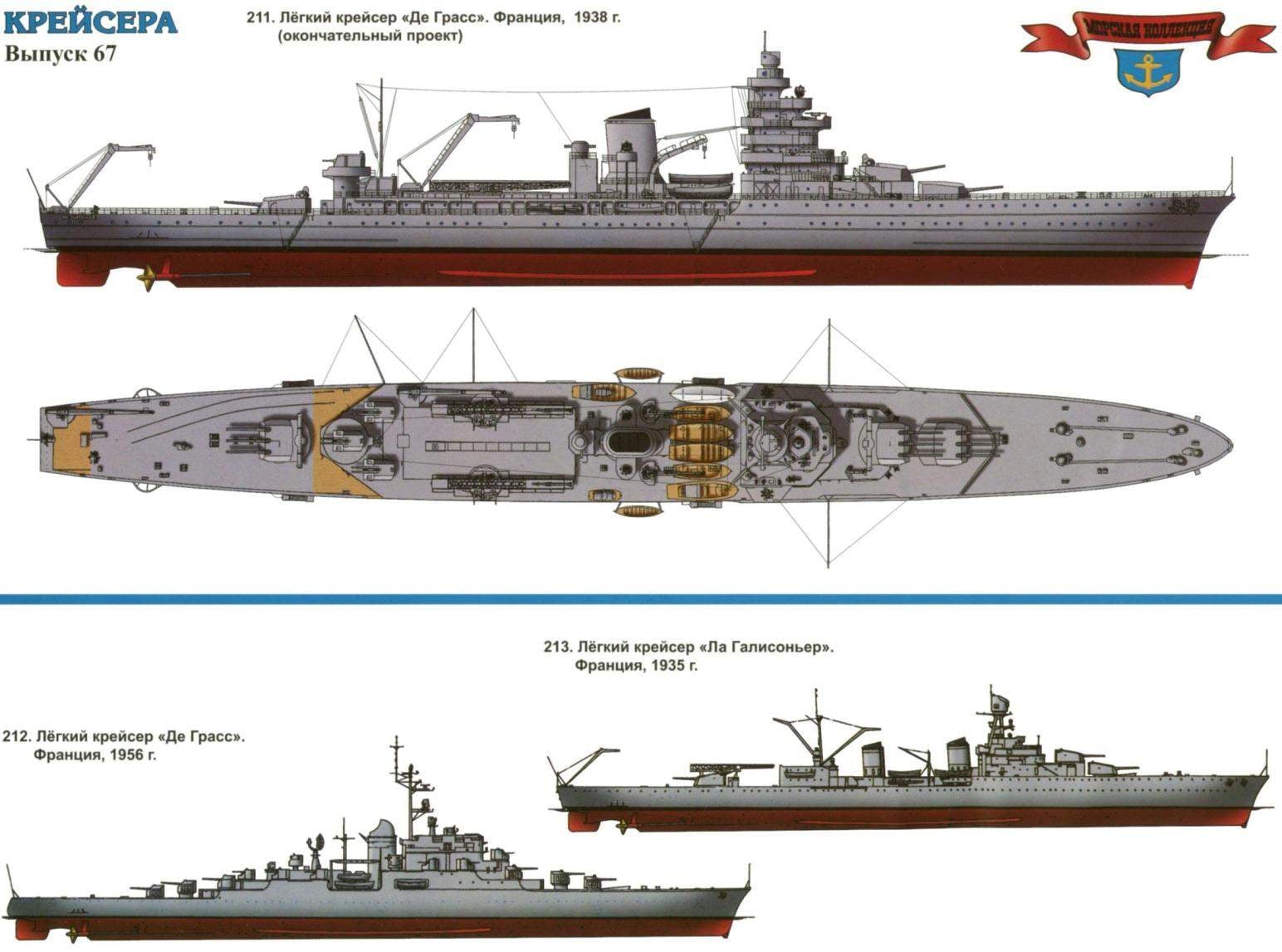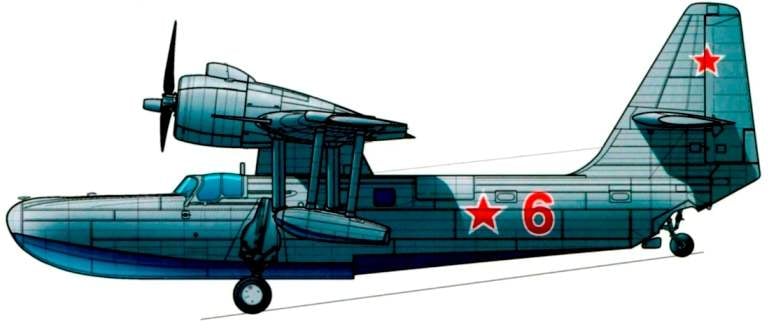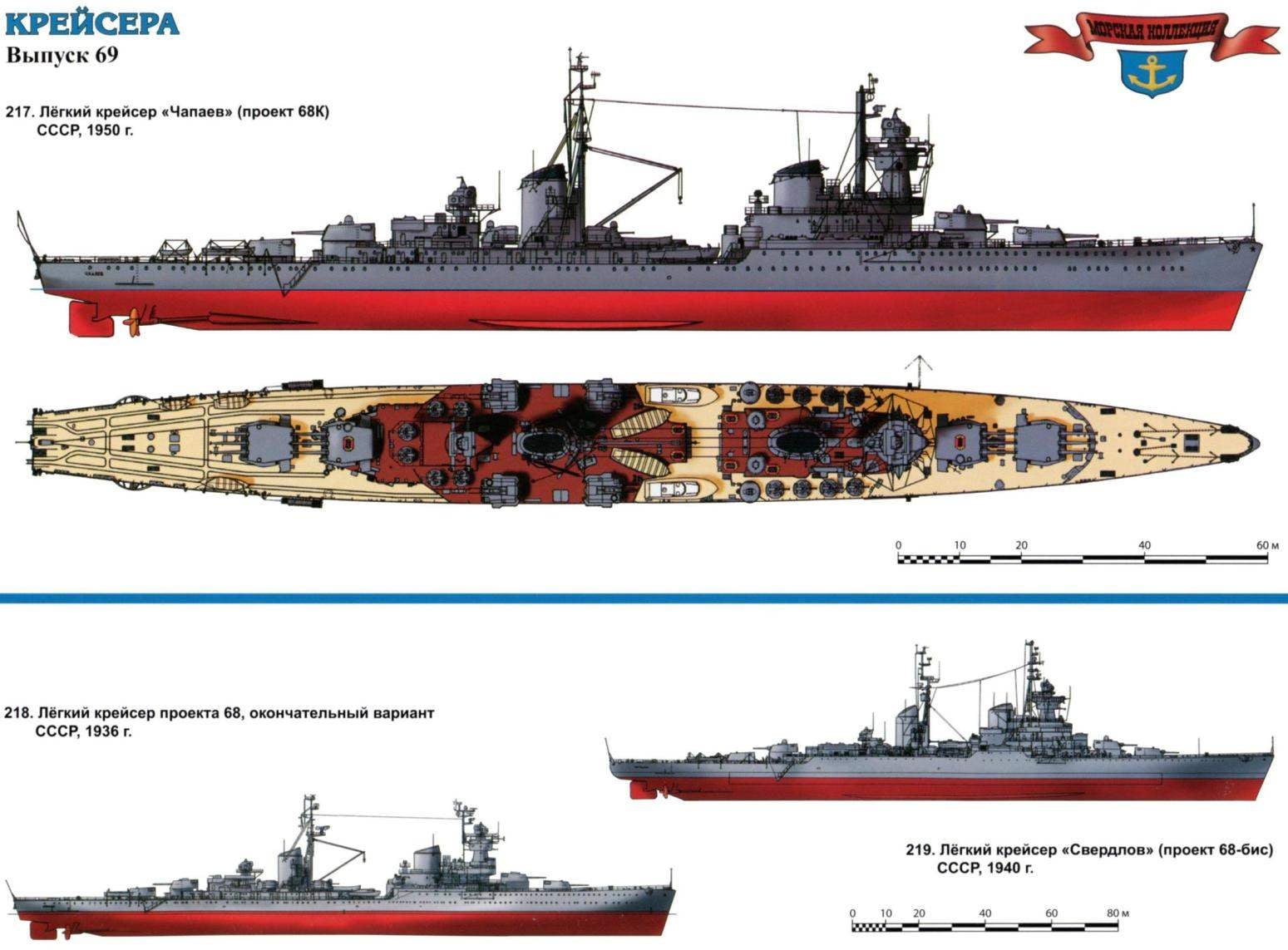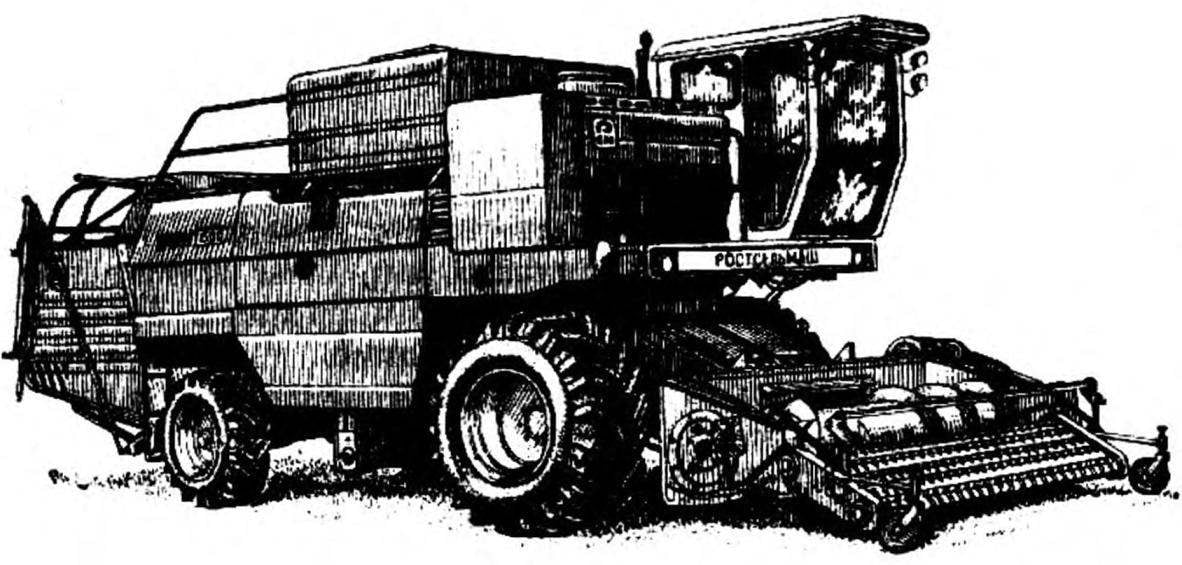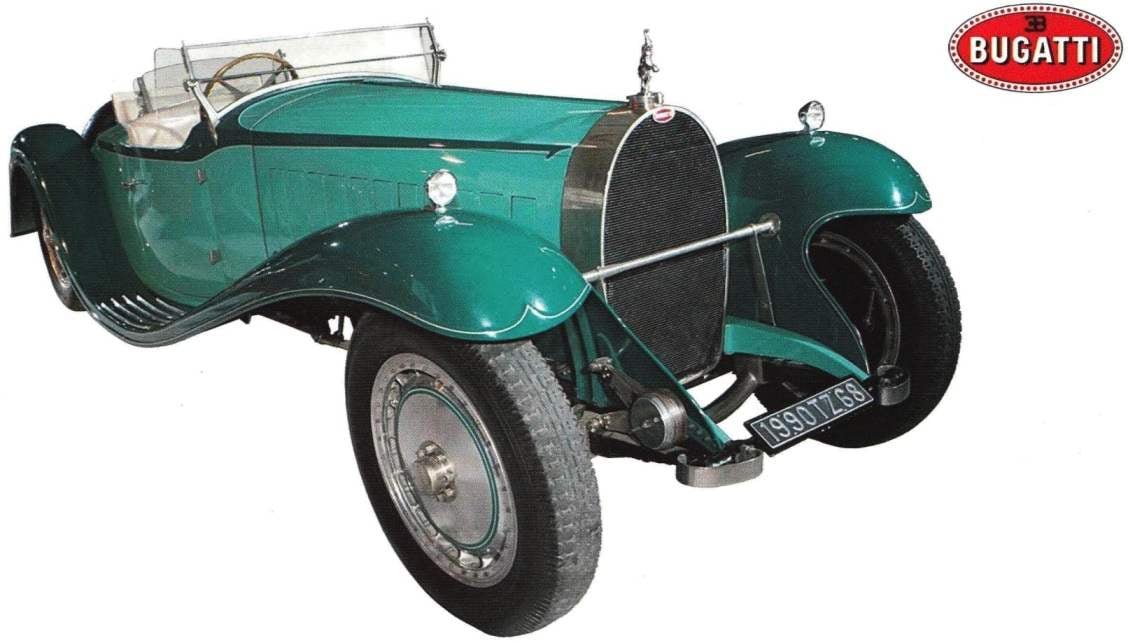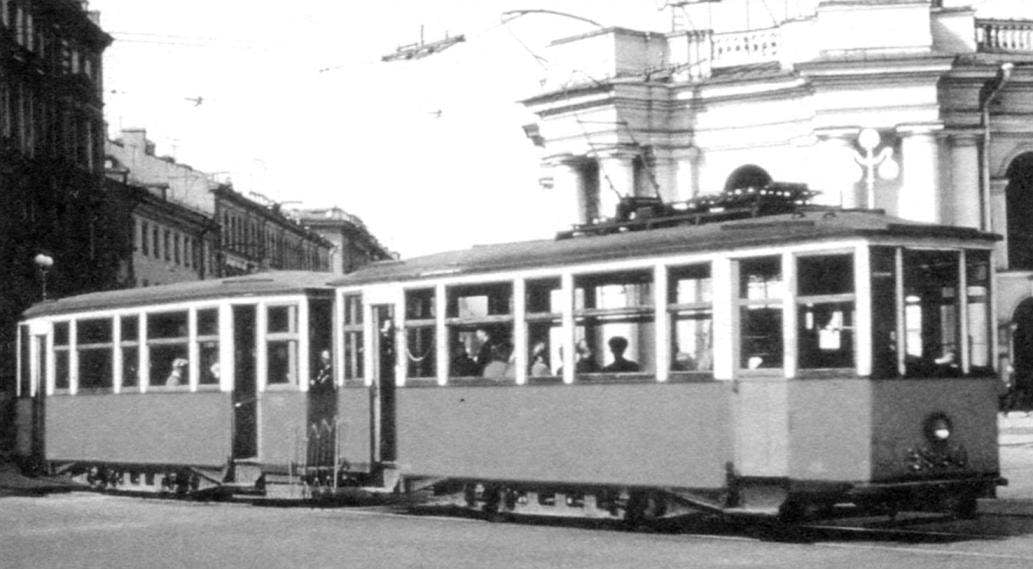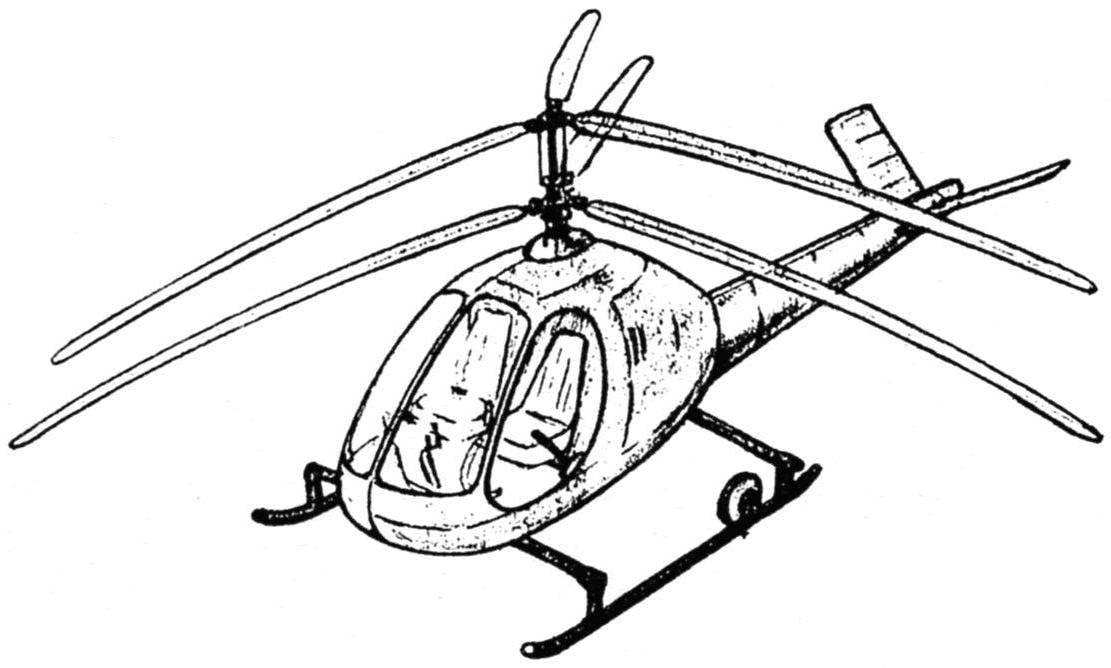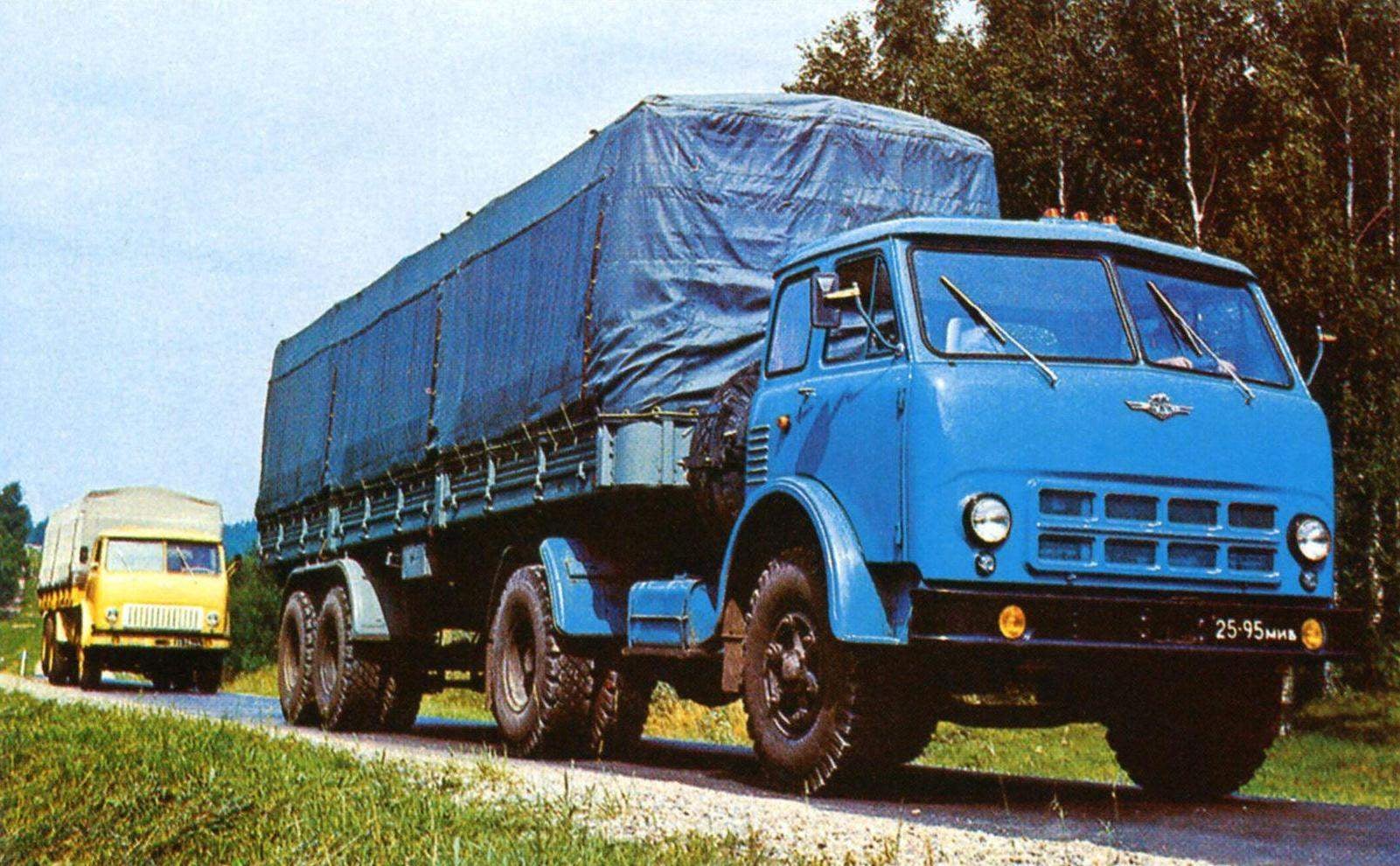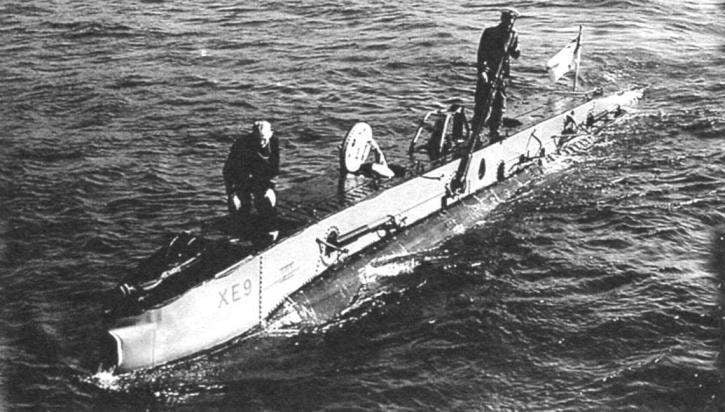 We have already talked about the long road that designers have been Italian light cruisers with their “condottieri”, which began with a frankly weak “Bande Nere” and culminating in the powerful “Giuseppe Garibaldi” and “Abruzzi”. For their successive steps, each of which led to the emergence of more and more protected and balanced ship, closely followed Mediterranean their eternal rivals and neighbours the French. Up to a certain point in Paris believed that the events develop in favourable terms: they are the powerful leaders may be able to compete with not too “covered” by the cruisers of Mussolini. But with every new series of “potential enemy” the hopes of this kind were becoming ephemera. The fracture occurred on the “Raimondo montecuccoli” and “Aosta valley”, which has carried a solid side armor, it is able to protect from the French 138-millimetrovogo in the medium range and a disadvantage for projectile angles of the meeting.
We have already talked about the long road that designers have been Italian light cruisers with their “condottieri”, which began with a frankly weak “Bande Nere” and culminating in the powerful “Giuseppe Garibaldi” and “Abruzzi”. For their successive steps, each of which led to the emergence of more and more protected and balanced ship, closely followed Mediterranean their eternal rivals and neighbours the French. Up to a certain point in Paris believed that the events develop in favourable terms: they are the powerful leaders may be able to compete with not too “covered” by the cruisers of Mussolini. But with every new series of “potential enemy” the hopes of this kind were becoming ephemera. The fracture occurred on the “Raimondo montecuccoli” and “Aosta valley”, which has carried a solid side armor, it is able to protect from the French 138-millimetrovogo in the medium range and a disadvantage for projectile angles of the meeting.
Collection
“ANNA” GEORGY BERIEV
 Amphibian Be-8 has completed the collection of seaplanes, which began in 1941 scout KOR-2 (be-4). Despite the relatively high assessment from specialists, Be-8 for a number of reasons, mass production has not been, and was used mostly as a flying laboratory. Work on the be-8 began in 1946 on the basis of the technical project of the ship’s scout LL-145 with the start of ejection. As a prototype, a new amphibious aircraft was a flying boat of all-metal construction, made on a parasol. Wing, who were technologically on the center section and two detachable parts, were recruited from the profiles of WT-230. On its consoles housed fixed landing gear floats lateral stability, and on the back edge landing flaps, uklonivshiesya on take-off 15° landing 40°. In the wings were the fuel tanks.
Amphibian Be-8 has completed the collection of seaplanes, which began in 1941 scout KOR-2 (be-4). Despite the relatively high assessment from specialists, Be-8 for a number of reasons, mass production has not been, and was used mostly as a flying laboratory. Work on the be-8 began in 1946 on the basis of the technical project of the ship’s scout LL-145 with the start of ejection. As a prototype, a new amphibious aircraft was a flying boat of all-metal construction, made on a parasol. Wing, who were technologically on the center section and two detachable parts, were recruited from the profiles of WT-230. On its consoles housed fixed landing gear floats lateral stability, and on the back edge landing flaps, uklonivshiesya on take-off 15° landing 40°. In the wings were the fuel tanks.
“LATE FLOWERS”
 The situation by the end of 30-ies of the cruising forces of the Soviet Union, very much like the case of bygone days when the country was an Empire and was called Russia. Stalin and his loyal Commissars wanted to create a “large fleet” is not less than the last Tsar and his entourage. And again ambitious plans were constantly in conflict with higher-priority and urgent tasks, lack of experience and aspirations to create something, which is obviously superior to future adversaries. However, unlike tsarist Russia, the Soviet Union managed not only to develop but also time to implement in the metal is original and very interesting project domestic cruiser. “Light heavyweight” of the 26th (“Kirov”) and its development, 26-bis (“Maxim Gorky”) was undoubtedly an interesting alternative to the standard “contractual” light and heavy cruisers. But the idea with the intermediate 180-mm caliber, it turned out not quite successful, mainly due to insufficient rate of fire and survivability of the barrel of the gun. In addition, the ships were very expensive to reproduce them in dozens of instances seems unrealistic from a financial point of view.
The situation by the end of 30-ies of the cruising forces of the Soviet Union, very much like the case of bygone days when the country was an Empire and was called Russia. Stalin and his loyal Commissars wanted to create a “large fleet” is not less than the last Tsar and his entourage. And again ambitious plans were constantly in conflict with higher-priority and urgent tasks, lack of experience and aspirations to create something, which is obviously superior to future adversaries. However, unlike tsarist Russia, the Soviet Union managed not only to develop but also time to implement in the metal is original and very interesting project domestic cruiser. “Light heavyweight” of the 26th (“Kirov”) and its development, 26-bis (“Maxim Gorky”) was undoubtedly an interesting alternative to the standard “contractual” light and heavy cruisers. But the idea with the intermediate 180-mm caliber, it turned out not quite successful, mainly due to insufficient rate of fire and survivability of the barrel of the gun. In addition, the ships were very expensive to reproduce them in dozens of instances seems unrealistic from a financial point of view.
“DON” GOES OUT INTO THE FIELD
 One of the most important areas of the struggle for increasing productivity and reducing crop losses — improving harvest equipment. Performing Food-ing program of the USSR, adopted at the may (1982) Plenum of the Central Committee of the CPSU, the production Association “Rostselmash” in Rostov-on-don is preparing to release a new model of combine harvesters.
One of the most important areas of the struggle for increasing productivity and reducing crop losses — improving harvest equipment. Performing Food-ing program of the USSR, adopted at the may (1982) Plenum of the Central Committee of the CPSU, the production Association “Rostselmash” in Rostov-on-don is preparing to release a new model of combine harvesters.LANDMARK – ENERGY SATURATION
 At the beginning of this year from the conveyor Volgograd tractor plant named after F. E. Dzerzhinsky descended the two millionth car. This work gift of Volgograd rural operators, their contribution to the implementation of the Food program in our country. Machines with the brand of VGTZ can be found in the USSR and abroad. Forty percent of all arable tractors, sent to the village, made in Volgograd. Their excellent driving quality, simplicity in work was praised by farmers. The same age as the first five years, the world’s largest tractor plant built in unprecedentedly short time — 11 months. In June 1930 with its main Assembly line produced the first tractor STZ-1. For four years, was released whiter than a hundred thousand of these machines. Soon in the shops of the Stalingrad tractor turned wide competition for the acquisition of new equipment. The experience of his organization picked up and other engineering plants.
At the beginning of this year from the conveyor Volgograd tractor plant named after F. E. Dzerzhinsky descended the two millionth car. This work gift of Volgograd rural operators, their contribution to the implementation of the Food program in our country. Machines with the brand of VGTZ can be found in the USSR and abroad. Forty percent of all arable tractors, sent to the village, made in Volgograd. Their excellent driving quality, simplicity in work was praised by farmers. The same age as the first five years, the world’s largest tractor plant built in unprecedentedly short time — 11 months. In June 1930 with its main Assembly line produced the first tractor STZ-1. For four years, was released whiter than a hundred thousand of these machines. Soon in the shops of the Stalingrad tractor turned wide competition for the acquisition of new equipment. The experience of his organization picked up and other engineering plants.CARS FOR KINGS
 Among the hundreds of companies included in the clip the global automotive industry, there are many of those who were destined to lay as the Foundation of modern automotive industry and major design and design trend of designing cars. However, only few of them became famous producers of the most prestigious cars. Among them, the French firm Bugatti, reached in his time a genuine heights in the automotive industry through design and organizational talent of its founder — Ettore Bugatti. By the way, brilliant Creator of vehicles were self-taught — for some reason, the Maestro was not able to obtain an engineering degree.
Among the hundreds of companies included in the clip the global automotive industry, there are many of those who were destined to lay as the Foundation of modern automotive industry and major design and design trend of designing cars. However, only few of them became famous producers of the most prestigious cars. Among them, the French firm Bugatti, reached in his time a genuine heights in the automotive industry through design and organizational talent of its founder — Ettore Bugatti. By the way, brilliant Creator of vehicles were self-taught — for some reason, the Maestro was not able to obtain an engineering degree.BLOCKADE TRAM
 From the devastation of the civil war Petrograd began to rise by the middle of 1920-ies. Respectively, began to grow and the population of the city, considerably departing from 1918 to 1920. The only form of public transport in Petrograd was a tram, but the cars are too worn down and dilapidated over the years of the First world and Civil wars. Naturally, to return the city to normality was needed and the restoration of the tram system, which has taken a number of measures.
From the devastation of the civil war Petrograd began to rise by the middle of 1920-ies. Respectively, began to grow and the population of the city, considerably departing from 1918 to 1920. The only form of public transport in Petrograd was a tram, but the cars are too worn down and dilapidated over the years of the First world and Civil wars. Naturally, to return the city to normality was needed and the restoration of the tram system, which has taken a number of measures.
The FAILED COMPROMISE (Ka-17)
 Operation of the first single-seat Ka-8 and Ka-10, created in OKB N. And. Kamov, showed obvious advantages of coaxial-rotor. Along with the compact that was excellent handling and maneuverability, the ability to make takeoffs and landings in difficult conditions, which has opened up opportunities for the use of helicopters of this type.
Operation of the first single-seat Ka-8 and Ka-10, created in OKB N. And. Kamov, showed obvious advantages of coaxial-rotor. Along with the compact that was excellent handling and maneuverability, the ability to make takeoffs and landings in difficult conditions, which has opened up opportunities for the use of helicopters of this type.The FIRST “BESKAPOTNIKI” (Car MAZ-500)
 The debut of the first Soviet diesel truck yaz-200, developed at the Yaroslavl automobile plant, held in 1945, was successful. After the traditional show of the new machines in the Kremlin party and state leaders of the country truck recommended for serial production.
The debut of the first Soviet diesel truck yaz-200, developed at the Yaroslavl automobile plant, held in 1945, was successful. After the traditional show of the new machines in the Kremlin party and state leaders of the country truck recommended for serial production.DWARF SUBMARINES OF HER MAJESTY
 British military shipbuilding has centuries-old experience of development and combat use of the most advanced designs and technologies. On the eve of the Second world war-the British squadrons were surface ships: battleships, battlecruisers and aircraft carriers. Therefore underwater vessels by the Admiralty was not honored. However, the attack on Gunter Prina 15 Oct 1939 in Scapa Flow, when he crept into a German submarine sank the battleship right into the main base of the British Navy, put squarely the question of creating subversive underwater vehicles.
British military shipbuilding has centuries-old experience of development and combat use of the most advanced designs and technologies. On the eve of the Second world war-the British squadrons were surface ships: battleships, battlecruisers and aircraft carriers. Therefore underwater vessels by the Admiralty was not honored. However, the attack on Gunter Prina 15 Oct 1939 in Scapa Flow, when he crept into a German submarine sank the battleship right into the main base of the British Navy, put squarely the question of creating subversive underwater vehicles.